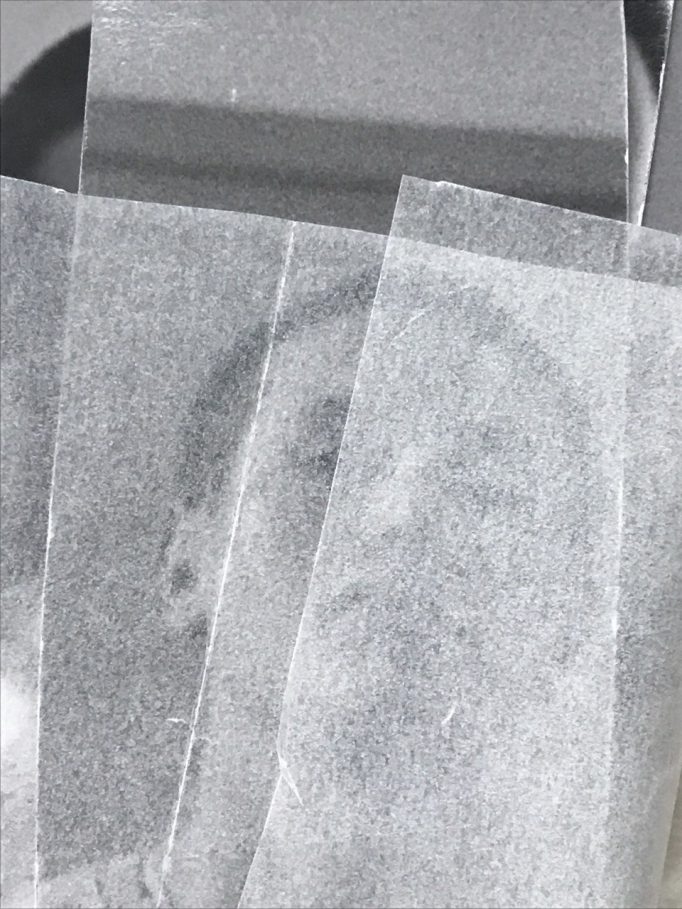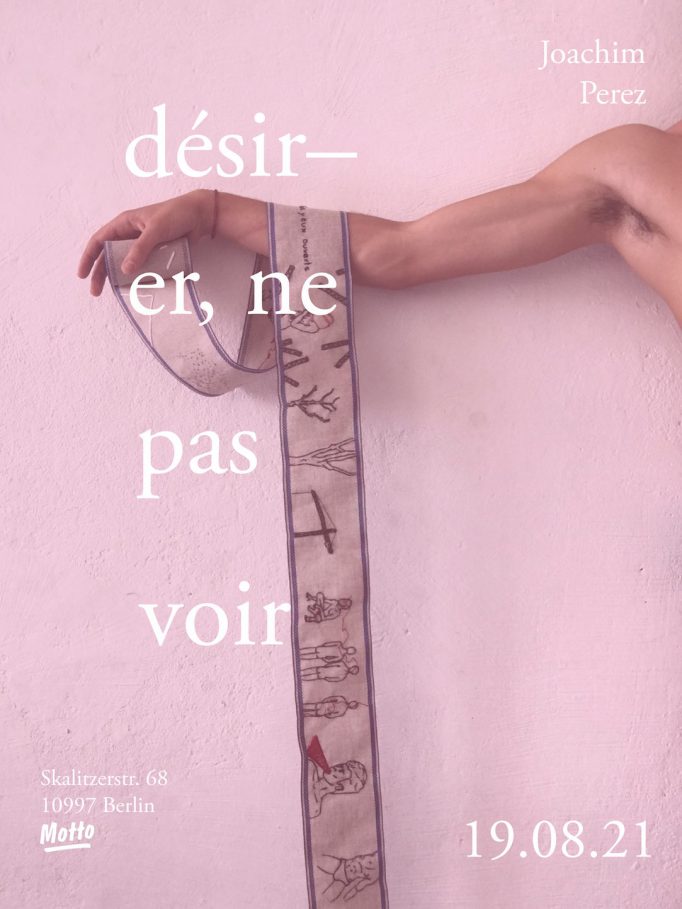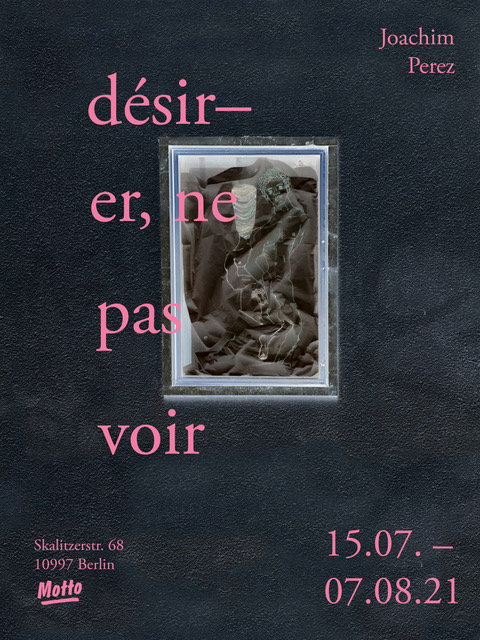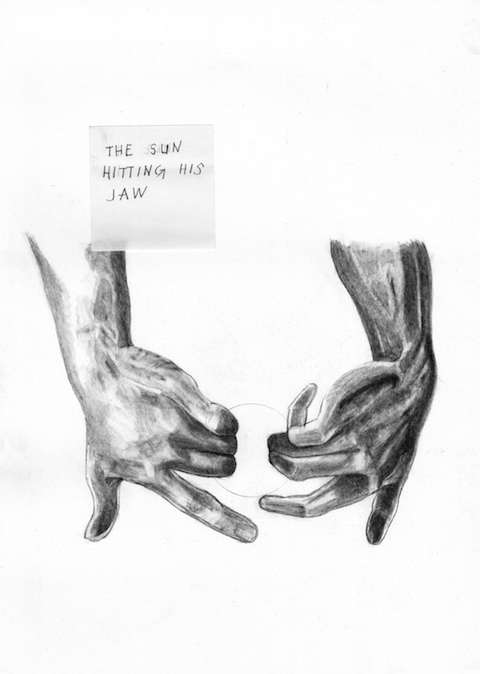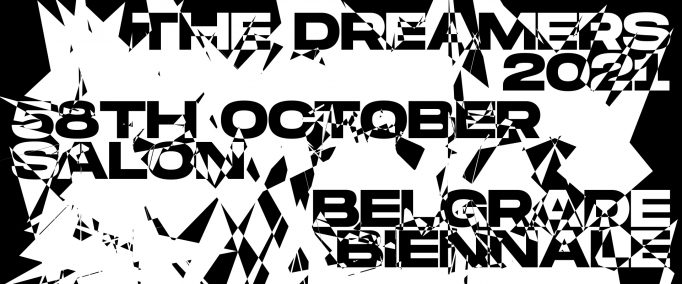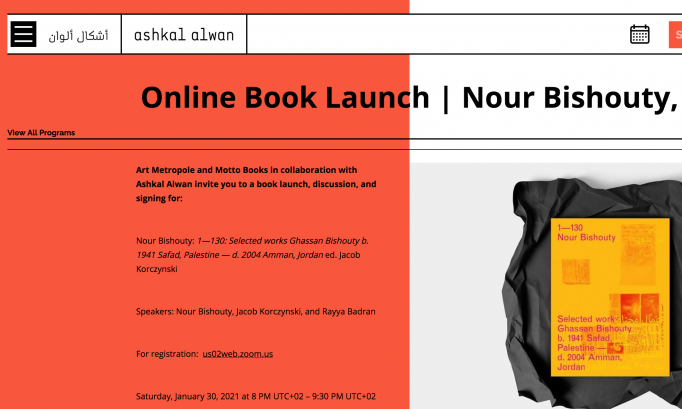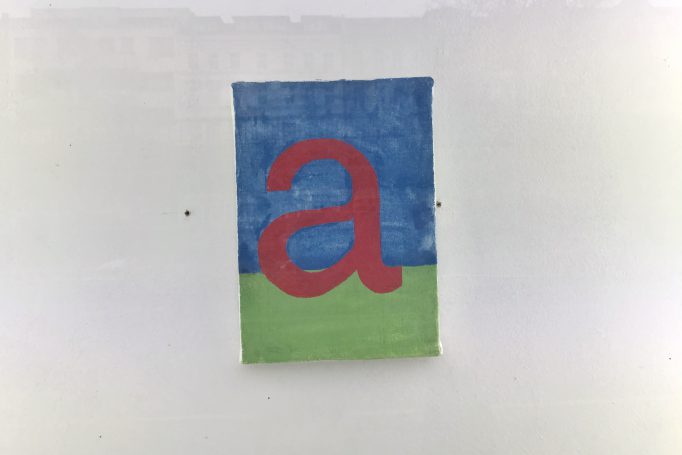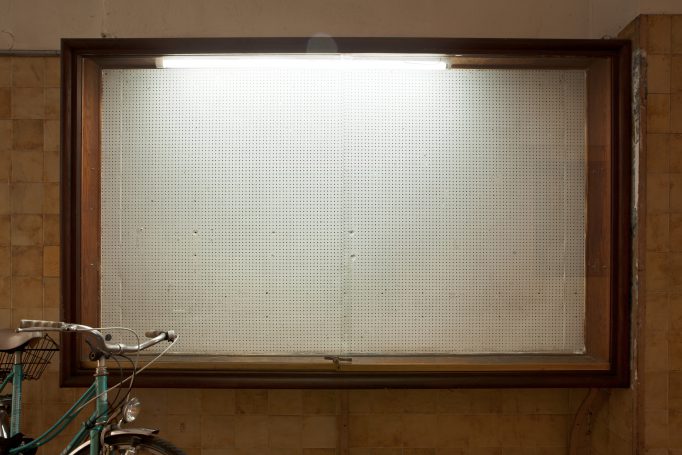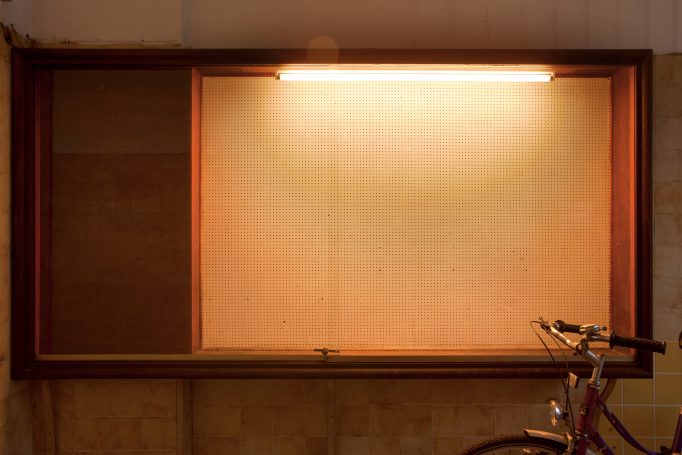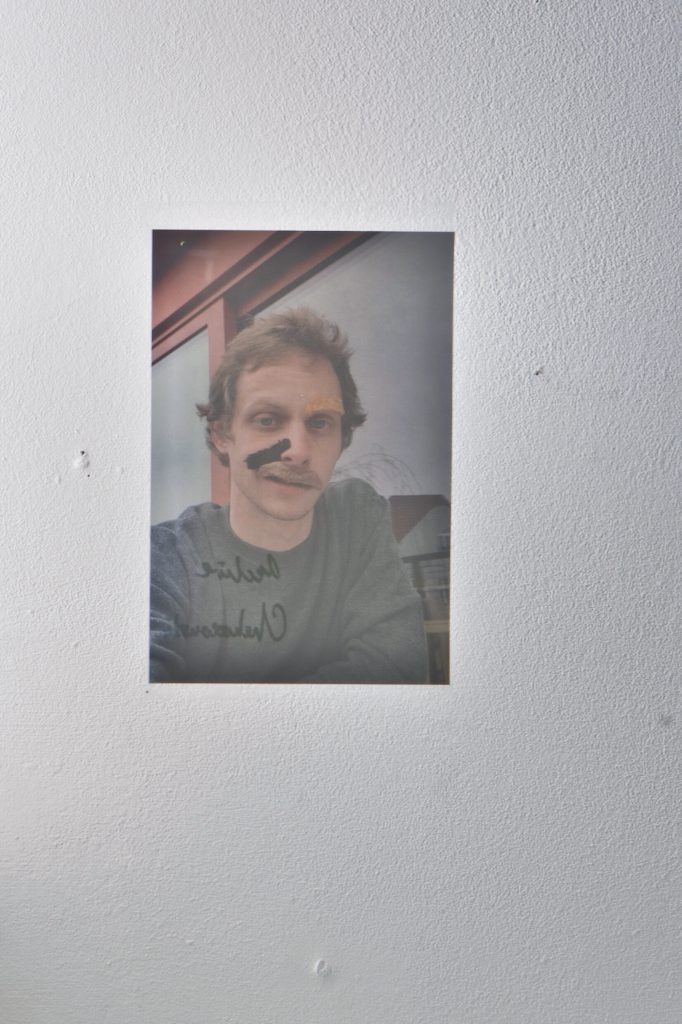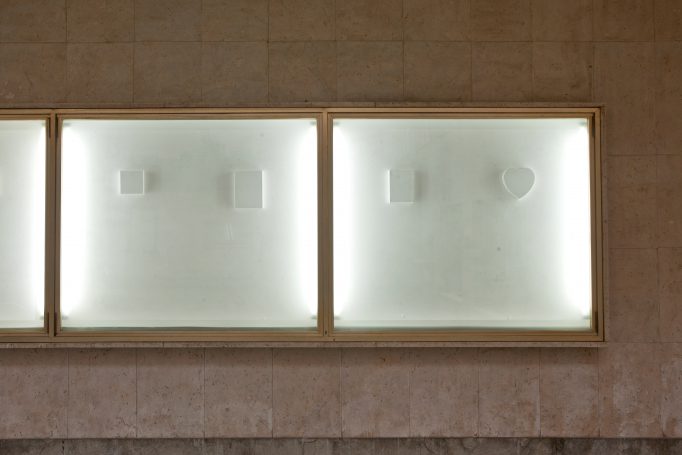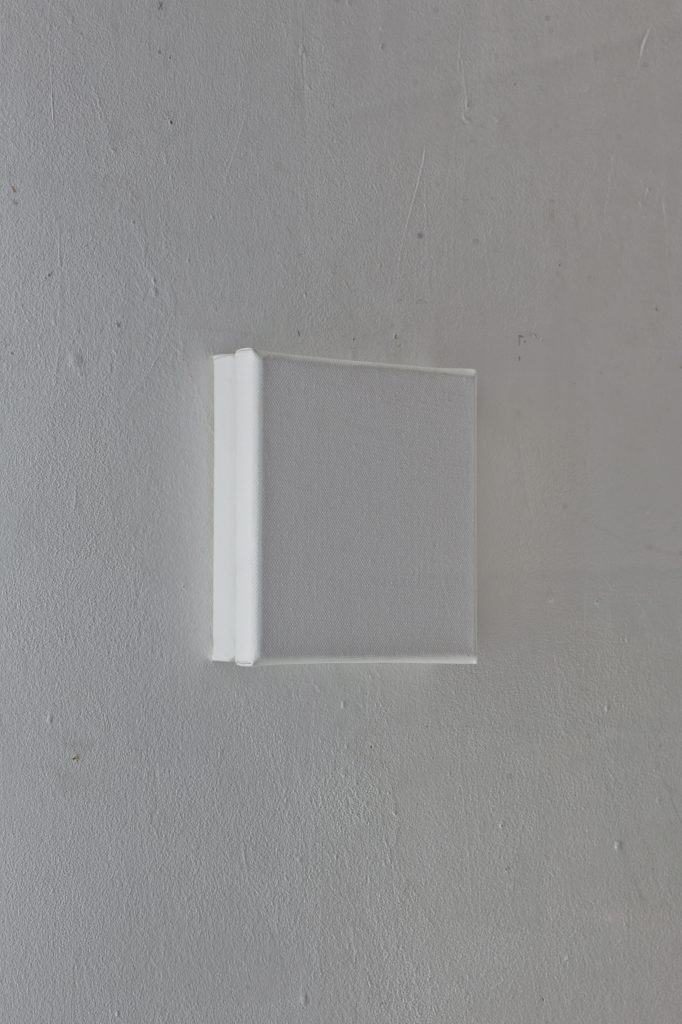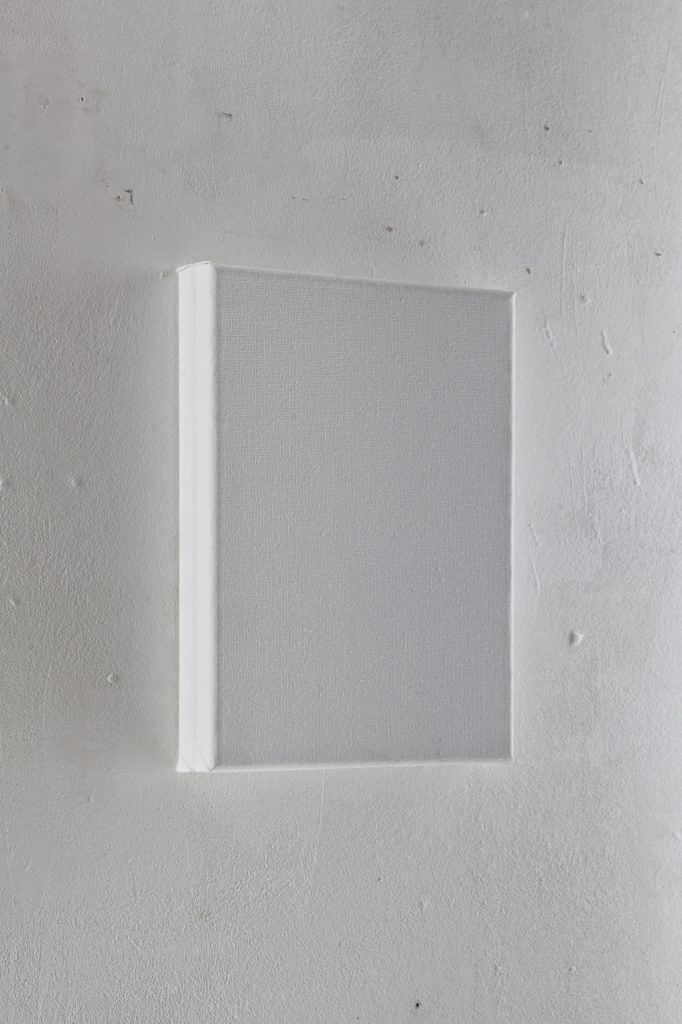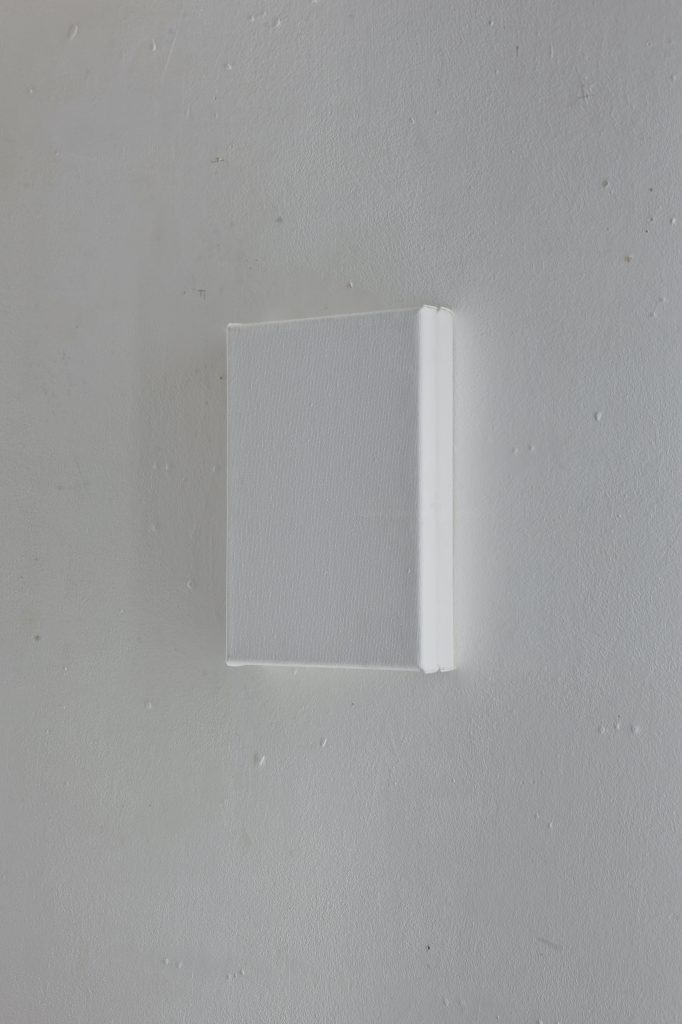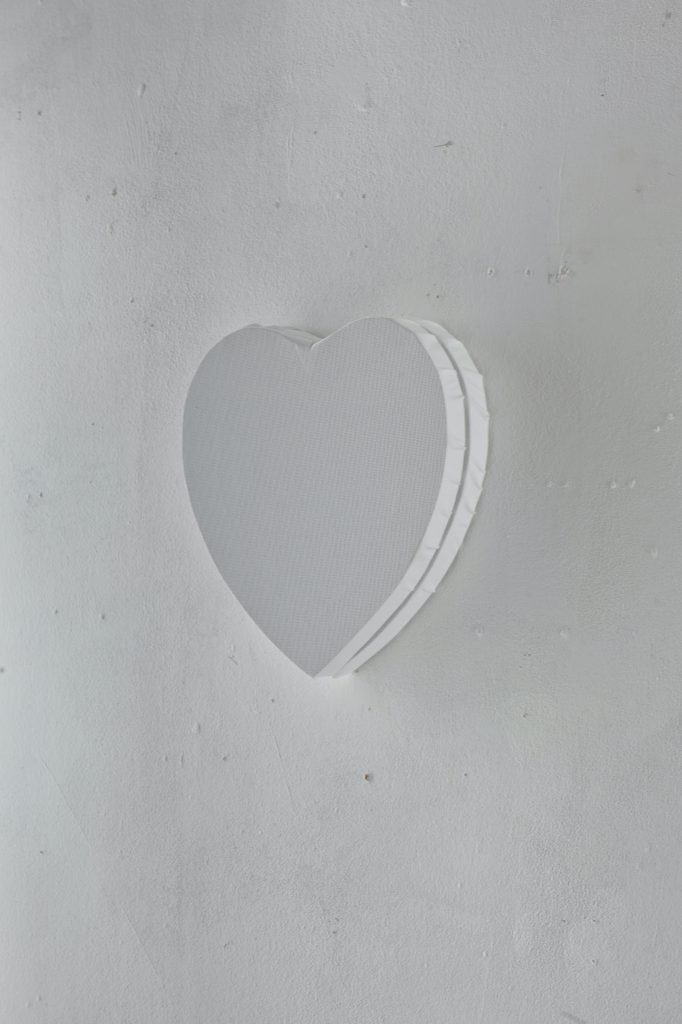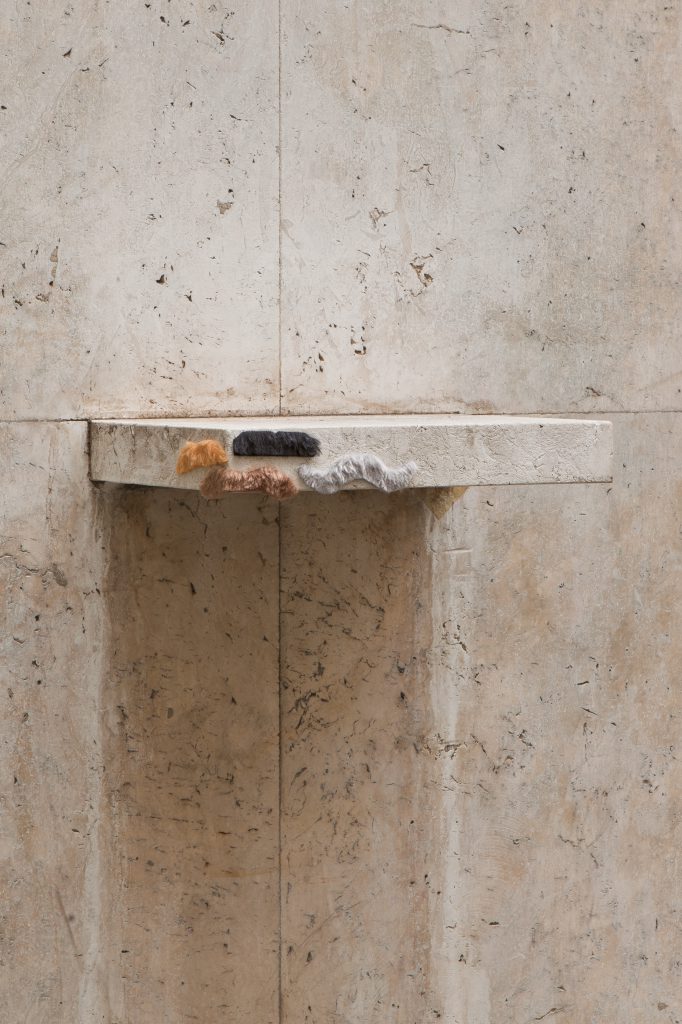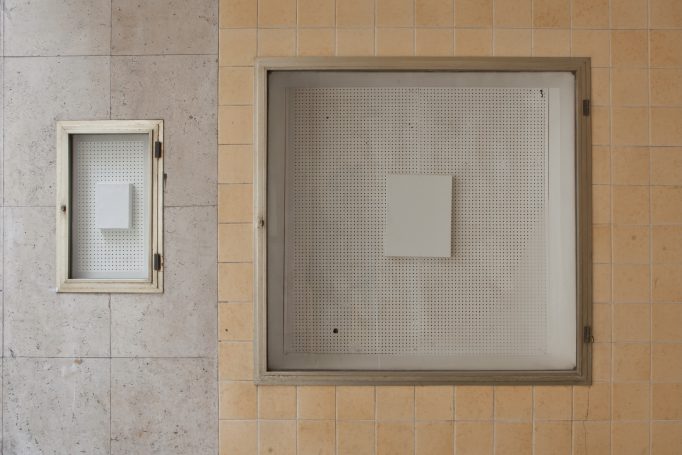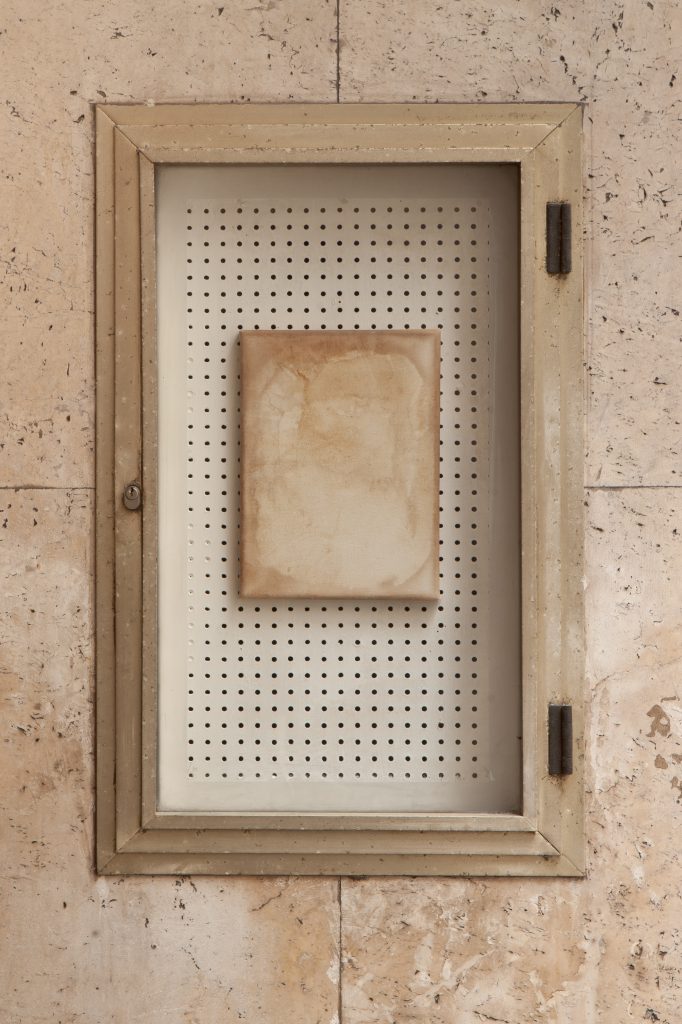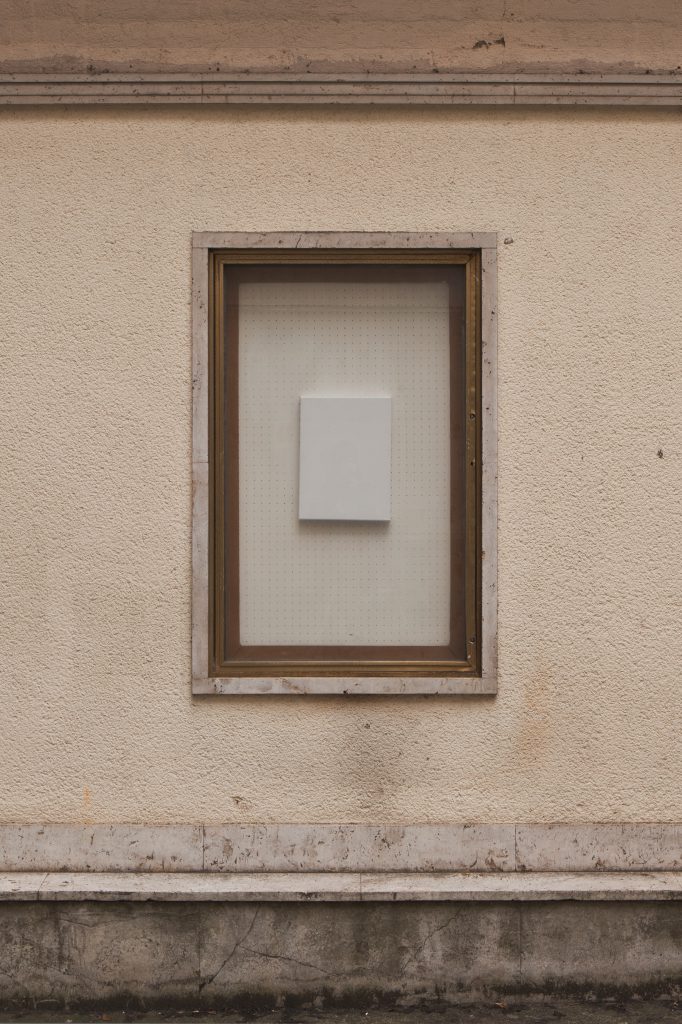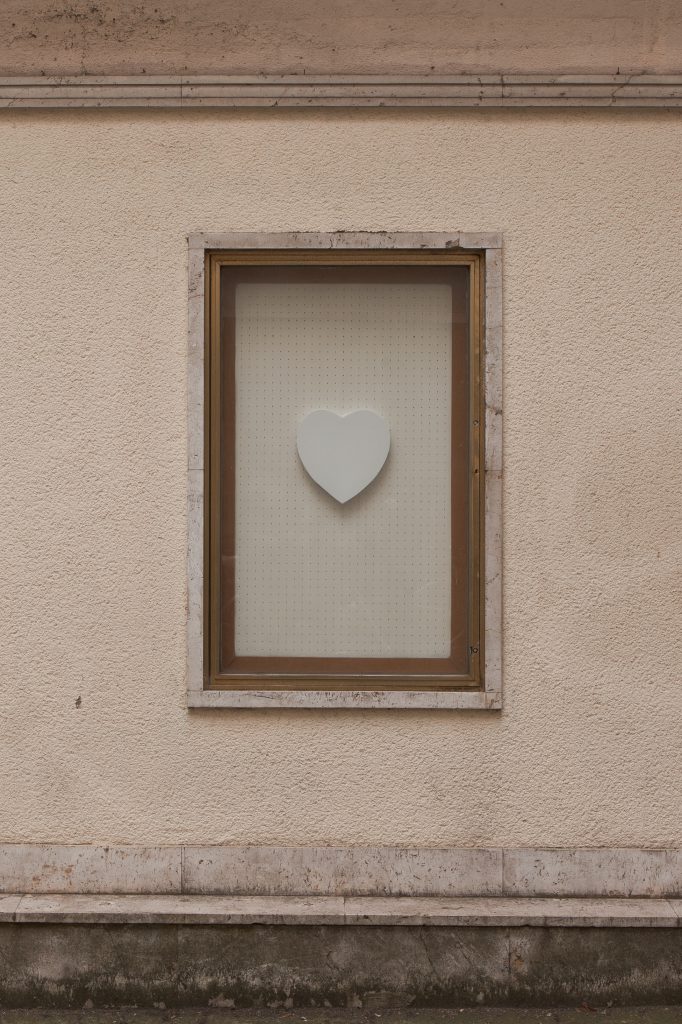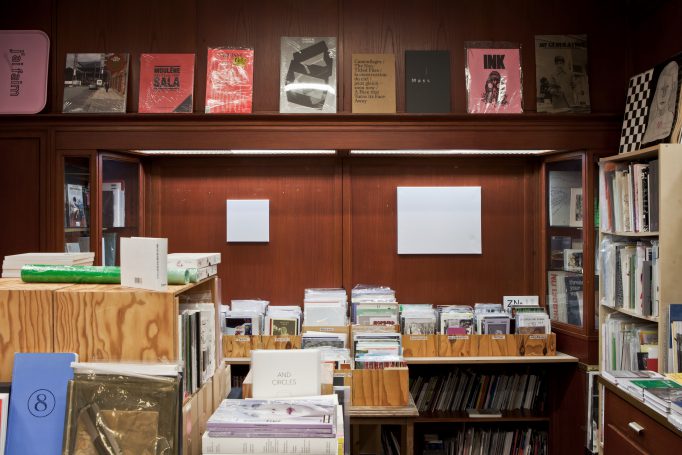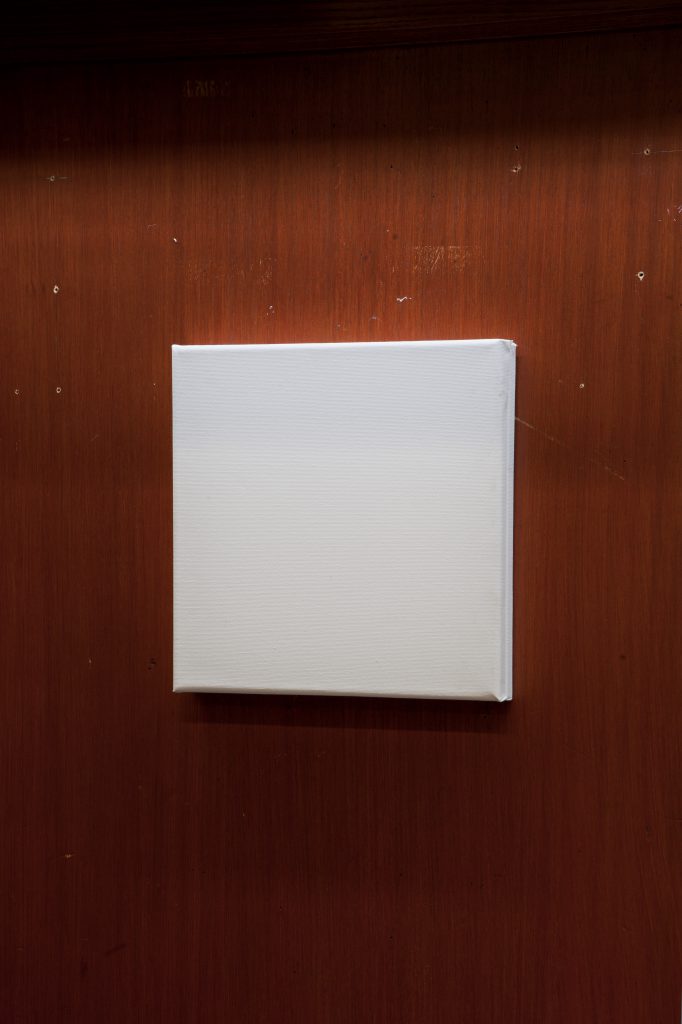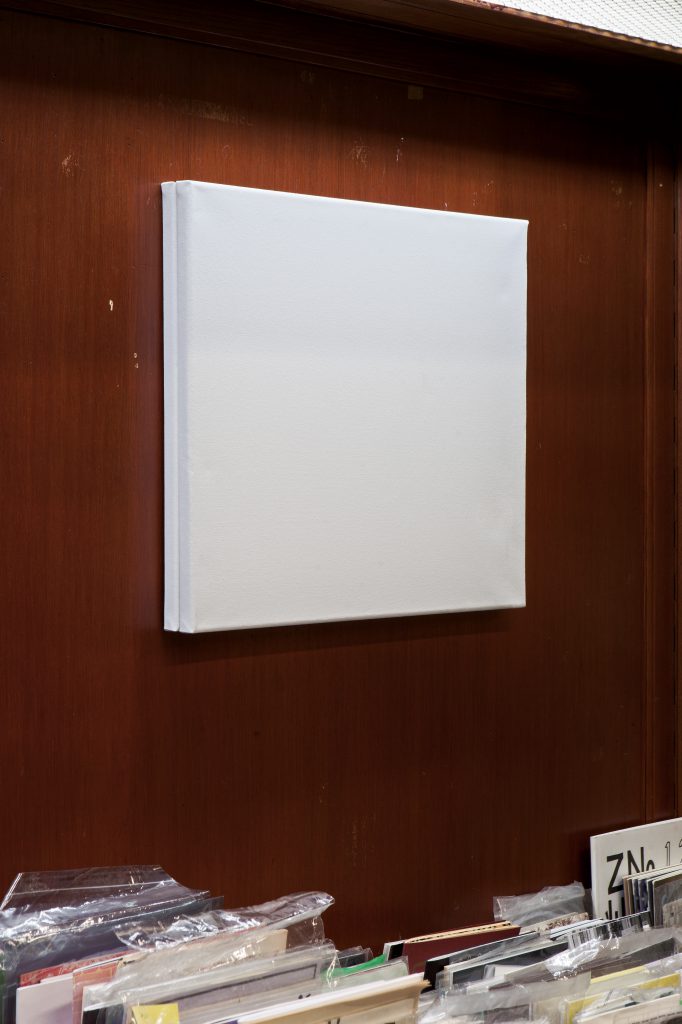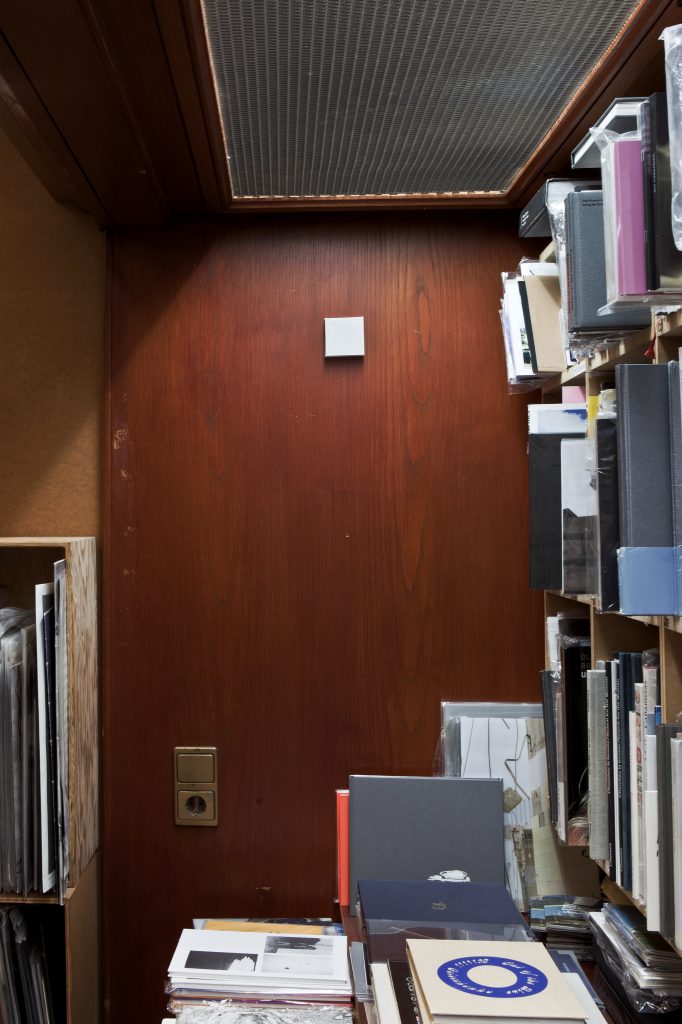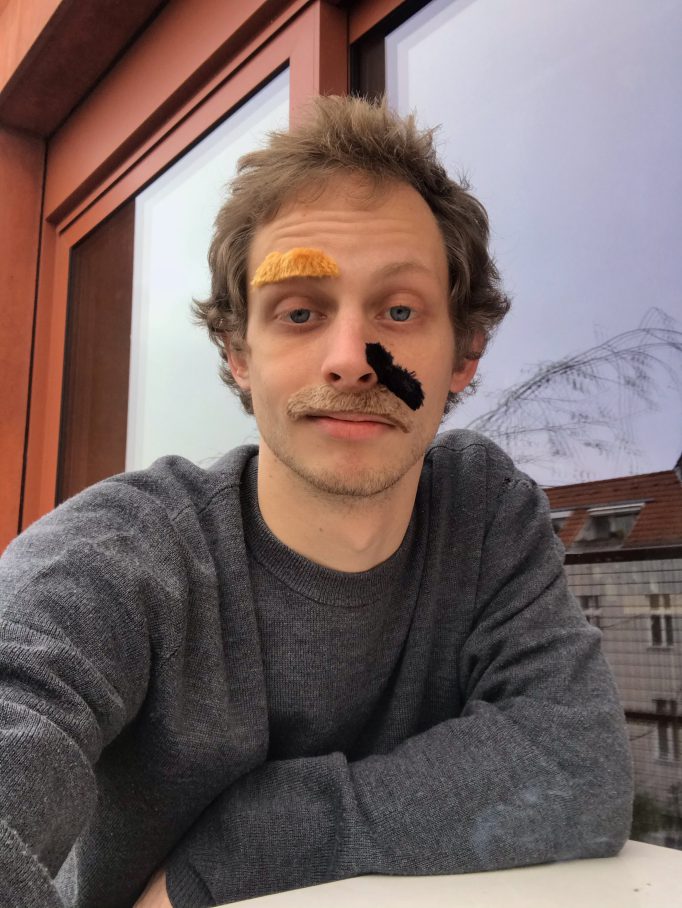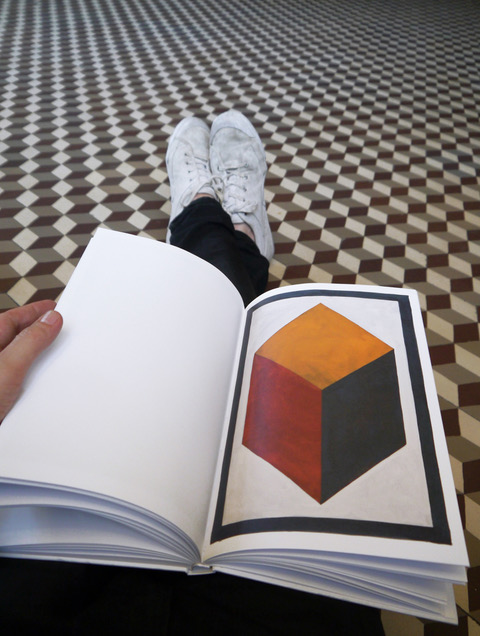Désirer, ne pas voir | Joachim Perez Performance with Morphena @ Motto Berlin | Thursday 19th August
Posted in Events, Motto Berlin store on August 17th, 2021Tags: désirer ne pas voir, Joachim Perez, Morphena, motto berlin, Performance
Joachim Perez | Marc Bauer | Opening Thursday 15 July 2021 @ Motto Berlin
Posted in Events, Exhibitions, Motto Berlin store on July 10th, 2021Tags: désirer ne pas voir, Joachim Perez, Marc Bauer, Stick Your Finger – a Recollection
désirer, ne pas voir
Opening
Thursday 15 July
from 6 pm
@ Motto Berlin
Men have always depicted naked women. Joachim Perez took this observation as a starting point, appropriating a medium codified as feminine — embroidery — to depict male bodies. Working primarily with sewing and embroideries, he began to create large-scale installations that explore masculinity and sexuality in a defined space.
Following his residency at the Musée Jenisch (Vevey, Switzerland), where the classicism of the paintings in the permanent collection clashed with the elasticity of his works, Perez presents a new series of embroideries at Motto, this time on tarpaulin. Limited to the gallery’s glass cabinets, his embroideries stress a back and forth in his practice between the male body displayed in an unaffected manner and the constraints imposed by the space in which it is exhibited. Indeed, Perez’s works speak of our gaze, tensions and the internal dialogue that results from the tendency to both desire and reject eroticism. The partial unveiling of the works engages the visitor to develop a narrative aroused by the latent violence of bodies kept in glass cages.
Stick Your Finger – a Recollection
Opening
Thursday 15 July
from 6 pm
@ Motto Berlin
Another Mobile Gallery is pleased to invite you to Marc Bauer’s exhibition entitled Stick Your Finger – a Recollection which will take place on the 15th of July, hosted by Motto Berlin. Summoning the public to a meditation on the body and the sense of touch, the artist has put together 12 works to express difficult themes such as sexuality and the implied dichotomy of care and abuse, blended with his own personal experiences and memories as a teenager in the 1980s. The artworks will not be displayed in a traditional format, but will be shown as part of a collaborative performance where the public will interact directly, as an homage to the recent reality of the pandemic and the restrictions universally faced for the past year and a half.
Another Mobile Gallery is a dynamic, alternative space thought out as a stand-in for the usual contemporary art gallery. Starting out in the shape of a van, AMG isn’t currently tied to a physical space but it continues with the main purpose of providing pop-up shows which can take place anywhere in the world. Born out of pure passion by making use of minimal resources, this project continues to ensure the promotion of young, up-and-coming artists as well as established creators, while presenting them with the same challenge faced by AMG’s owner in the first place: create something extraordinary from little to nothing; the sky is the limit.
Motto @ Oktobarski Salon, Belgrade. 25 June – 22 August, 2021.
Posted in Events on June 21st, 2021Tags: 58th October Salon, Andrea Baccin, Belgrade, Belgrade Biennale, Biennal, cura., Ilaria Marotta, Oktobarski Salon
We are happy to announce Motto’s pop-up bookstore participation at the 58th October Salon – Belgrade Biennale curated by Ilaria Marotta and Andrea Baccin, Founding Directors and Editors in Chief of CURA.; Various Venues, June 25 – August 22, 2021.
Nour Bishouty. Online Booklaunch. Ashkal Alwan. Feb 13, 2021.
Posted in Events on February 9th, 2021Tags: Art Metropole, Ashkal Alwan, Motto Books, Nour Bishouty
Nour Bishouty: 1—130
Selected works Ghassan Bishouty b. 1941 Safad, Palestine — d. 2004 Amman, Jordan
ed. Jacob Korczynski
The artist and editor will be in discussion with Rayya Badran.
Sat, Feb 13, 2021
1PM (EST) Toronto
8PM (GMT+2) Beirut
7PM (GMT+1) Berlin
(POSTPONED) Nour Bishouty. Online Booklaunch. Ashkal Alwan. Jan 30, 2021.
Posted in Events on January 20th, 2021Tags: Art Metropole, Ashkal Alwan, Motto Books, Nour Bishouty
Archie Chekatouski. The 3rd Show. 08.12.2020 – 09.01.2021 (extended until 06.02.2021)
Posted in Events, Exhibitions, Motto Berlin event, Uncategorized on December 26th, 2020
All photos are courtesy of the artist and Eirikur Mortagne
List of works:
1. a Lanscape
2. Lights
3. Self-Portrait with Moustaches
4. Self-Portrait with Moustaches
5. Various Pens
6. New Painting
7. New Painting
8. New Painting
9. New Painting
10. Moustaches
11. New Painting
12. New Painting
13. Beer Painting
14. New Painting
15. New Painting
16. New Painting
17. New Painting
18. New Painting
Archie Chekatouski. The 3rd Show. 08.12.2020-09.01.2021
Posted in Events, Exhibitions on December 3rd, 2020Tags: Archie Chekatouski, motto berlin, The 3rd Show
INGO GERKEN – O F F E N E S B U C H @ Motto Berlin. 22.10 – 21.11.2020.
Posted in Events, Exhibitions on October 14th, 2020
Julien Carreyn. Nu Qui Marche. Opening: Sept. 8, 2020 @ Motto Berlin.
Posted in Events, Exhibitions on August 20th, 2020Tags: Julien Carreyn
Nu Qui Marche
Julien Carreyn
Opening reception: Sept. 8, 2020, from 7pm
Exhibition Sept 9-Oct 19, 2020.
Full vitrines and new publications display.
1. Schlafwandler au Sacré Cœur
2. Une librairie à Berlin
3. Archi_éro_tektonisch
4. Nu qui peint poreux
5. Unexpected joy
6. Pierrette, Pauline et Jacques
7. Ist denn hier ein Schloß?
8. Voyage tumultueux
9. Shelves and frames
10. Winzige Bilder
11. Tu te mires
12. Kisten voller Bilder
13. Nu à deux, nu qui lit
14. Das schwarze Auto
15. Lutte de chiots
16. Spielkarten
17. The bathroom was a kitchen
18. Krimi in der Provinz
19. Sofortbilder
20. Amateur
[…]
Notizen: R.Regnery
MOTTO BERLIN
Skalitzer Str. 68, im Hinterhof
10997 Berlin
U1 Schlesiches Tor
Open Monday – Saturday: 12h-20h

